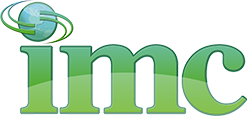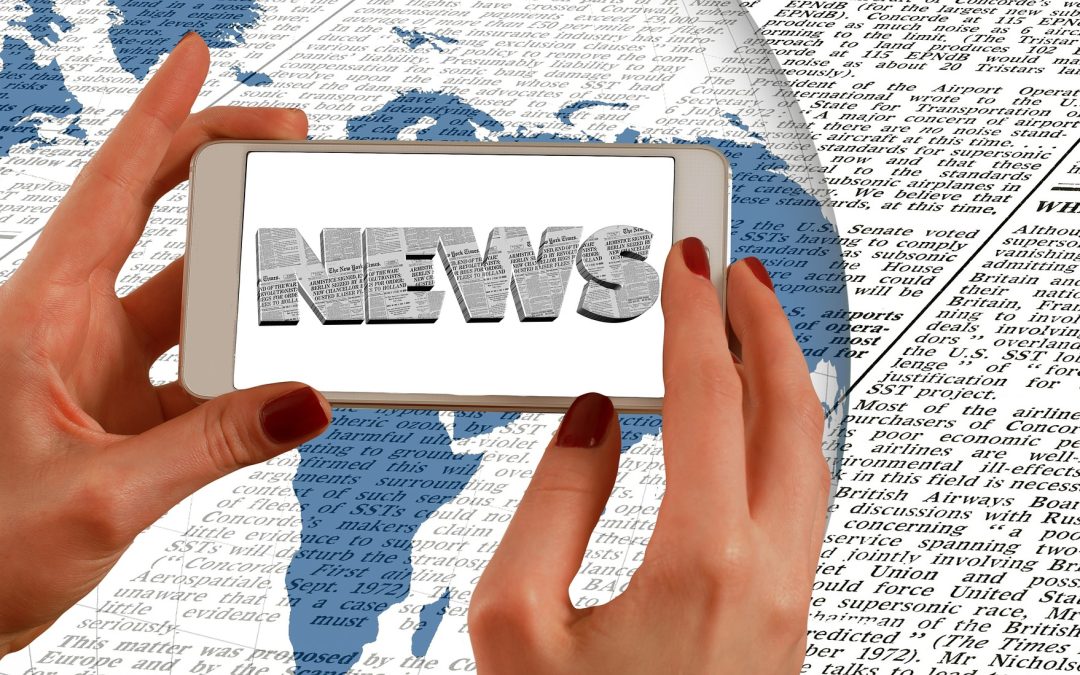The first press release was sent 115 years ago, dramatically changing how news was distributed. In this fast-paced digital age, the press release remains a highly effective news announcement and powerful marketing tool over a century later. But ONLY when written correctly, distributed wisely, and sent at the optimum time.
Definition of Press Release
A press release is an official written bulletin about a story considered “newsworthy.” It is distributed to the media for the purpose of getting attention and press coverage.
The term newsworthy carries a broad and sometimes subjective definition. Still, it is generally agreed among journalists and public relations professionals that to be deemed newsworthy, a story should fall into at least one of the following categories:
- Timeliness: event or information that is immediate, pertinent, new
- Proximity: local information and events “close to home”
- Conflict and Controversy: actions, events, ideas, or policies that involve arguments, differences, and violence
- Human Interest: unusual stories of people who accomplish extraordinary feats, handle a life crisis, or introduce an innovative product or concept
- Relevance: relevant information that directly affects or assists in personal and community decisions
Source: PBS.org
Benefits of a Well Written & Targeted Press Release
A press release can help spread news, create brand awareness, generate sales, increase event attendance, and marshall support. Press releases allow you to control your story and achieve marketing goals through an affordable channel that has the potential to:
- Increase web traffic to your website
- Boost your SEO profile
- Improve options for social sharing
- Provide immediate access to a targeted audience
- Attach authenticity to your brand
- Attract past customers
- Establish relationships with journalists, bloggers, and influencers
Short & Sweet
Way back in the day, when I first started writing press releases, the standard advice was, “Just the facts, ma’am. Stick to the 5 Ws.” Still true. Engaging the reader in the first paragraph is critical to determining if your story will be considered newsworthy.
- WHO: Identify the “who” – featured person, company, organization, etc.
- WHAT: Define what happened or will happen.
- WHEN: Provide the timing – date & time.
- WHERE: Include location – where did the story or event take place.
- WHY: Explain why the information is relevant to the audience.
Arguably now, more than ever, due to the daily deluge of digital information, it is imperative to get to the point as quickly as possible. Skimming versus reading is the norm. Recent studies reveal that 70% of news writers spend less than a minute reading each press release they receive.
To instantly capture attention, write a strong and compelling title. Make sure your title stands out on the page not only with carefully chosen words but with a bigger, bolder font than the body of the press release.
Send your press release on official letterhead and prominently include your name, position, and contact information at the top of the page. (Standard formatting examples are available online.)
Targeted Distribution
Getting your press release read and gaining valuable publicity depends on targeting the right people in the media. Identify the best matches most likely to print or promote your story by sending your press release to the publications and people who consider your topic relevant to their audience.
Take the time to regularly update your media list, qualify your list, and increase your chances of developing relationships with influential individuals. It is far better to have a smaller list of vetted contacts than a large list of general, incompatible emails.
Timing Matters
According to the marketing website Media Update, research has shown that there are optimum times for capturing the attention of the media when emailing a press release.
Media Update recently printed a colorful infographic showing that the best days to send a press release are Tuesday, Wednesday, and Thursday. The best times of day to send are between 9 am and 2 pm. These reports are based on a study of the times with the highest percentage of “open rates.” (Time slots when emails are opened.)
Additionally, it is critical to schedule your press release distribution to allow the media to respond and follow up in enough time for peak exposure and the desired public response.
Still Relevant
Today, more than a hundred years after the creation of the first press release, this fundamental public relations and marketing tool remains relevant and effective. A properly crafted and distributed press release can dramatically improve your business and raise your public profile when incorporated into a comprehensive and well-conceived marketing plan.
Interactive Media Consulting, LLC (IMC) has been successfully writing and distributing press releases for our clients for twenty-five years! Since 1996 our public relations professionals have helped spread the word about all types of newsworthy topics and events. Contact us at www.imedaconsult.com to learn more.


